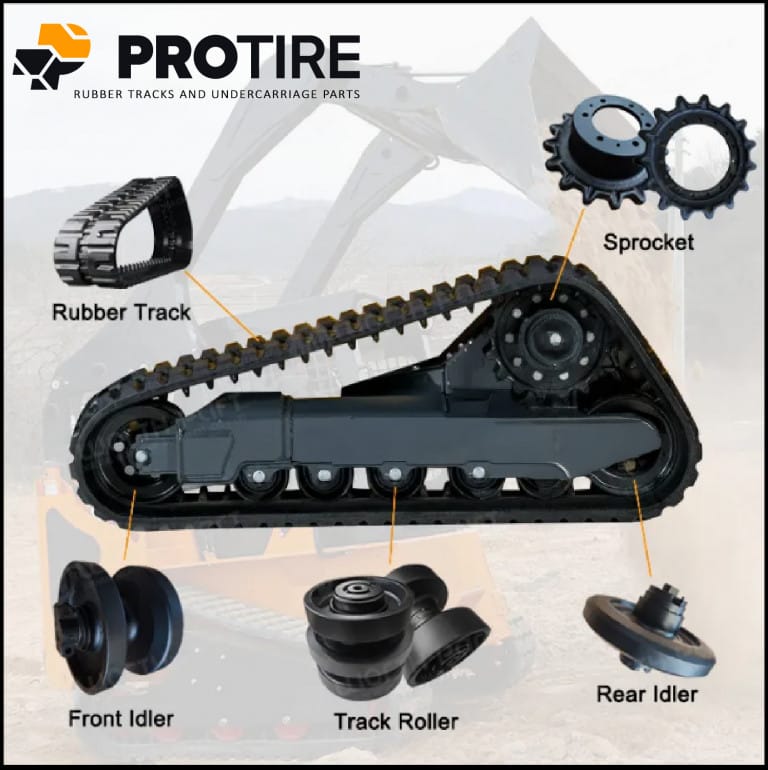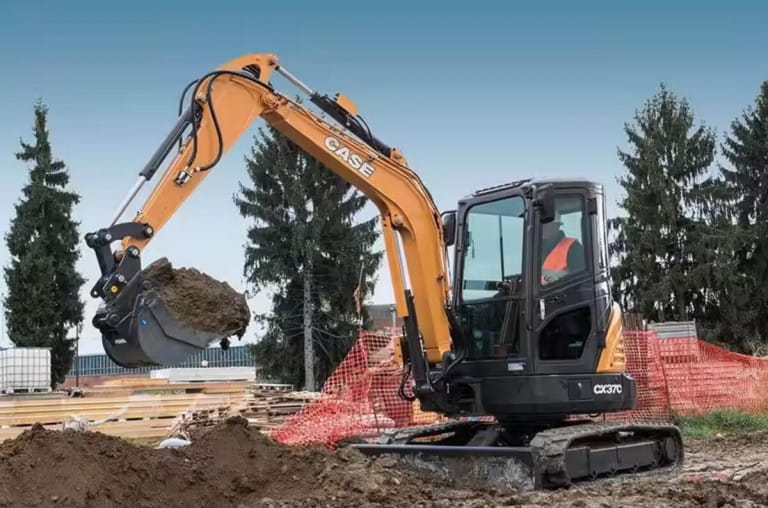Selecting the right forklift tire is crucial for ensuring optimal performance, safety, and cost-effectiveness in your operations. Here are three key factors to consider when choosing a forklift tire:
1. Application and Environment
a. Indoor vs. Outdoor Use:
- Indoor Use (Smooth Surfaces): If your forklift operates primarily indoors on smooth surfaces like concrete or finished floors, cushion tires are typically the best choice. They offer good maneuverability and stability in warehouse settings.
- Outdoor Use (Rough Surfaces): For outdoor use on rough terrain such as construction sites, lumberyards, or gravel surfaces, pneumatic tires are more suitable. They provide better traction, shock absorption, and durability on uneven ground.
b. Load Capacity and Type of Loads:
- Consider the weight of the loads your forklift will handle and ensure the tires you choose can support the maximum load capacity. Heavy-duty pneumatic tires are better suited for heavier loads and rougher terrain, whereas cushion tires are sufficient for lighter loads on smooth surfaces.
2. Tire Type and Design
a. Pneumatic Tires:
- Advantages: Provide excellent shock absorption, traction, and stability on rough terrain. They offer a smoother ride for operators and protect both the forklift and the load from impacts.
- Considerations: Require regular maintenance for inflation and are more susceptible to punctures in outdoor environments.
b. Cushion Tires:
- Advantages: Ideal for indoor use on smooth surfaces due to their lower profile, which enhances maneuverability and reduces overall forklift height. They are cost-effective and require less maintenance compared to pneumatic tires.
- Considerations: Offer minimal shock absorption and are not suitable for outdoor use or rough terrain.
3. Cost and Longevity
a. Initial Cost vs. Total Cost of Ownership:
- Consider both the initial purchase cost and the long-term cost of maintenance and replacement. Pneumatic tires generally have a higher initial cost but may offer better longevity and lower maintenance costs in appropriate environments.
- Cushion tires are more affordable initially and require less maintenance, making them cost-effective for indoor applications.
b. Replacement Cycle:
- Assess how often tires will need replacement based on your forklift’s usage intensity, environment, and maintenance practices. Plan for scheduled replacements to avoid downtime and ensure safety.
By carefully considering these factors—application and environment, tire type and design, and cost and longevity—you can select the right forklift tire that aligns with your operational needs and enhances the efficiency and safety of your warehouse or facility. Consult with tire specialists or forklift dealers to get tailored recommendations based on your specific requirements and conditions.







